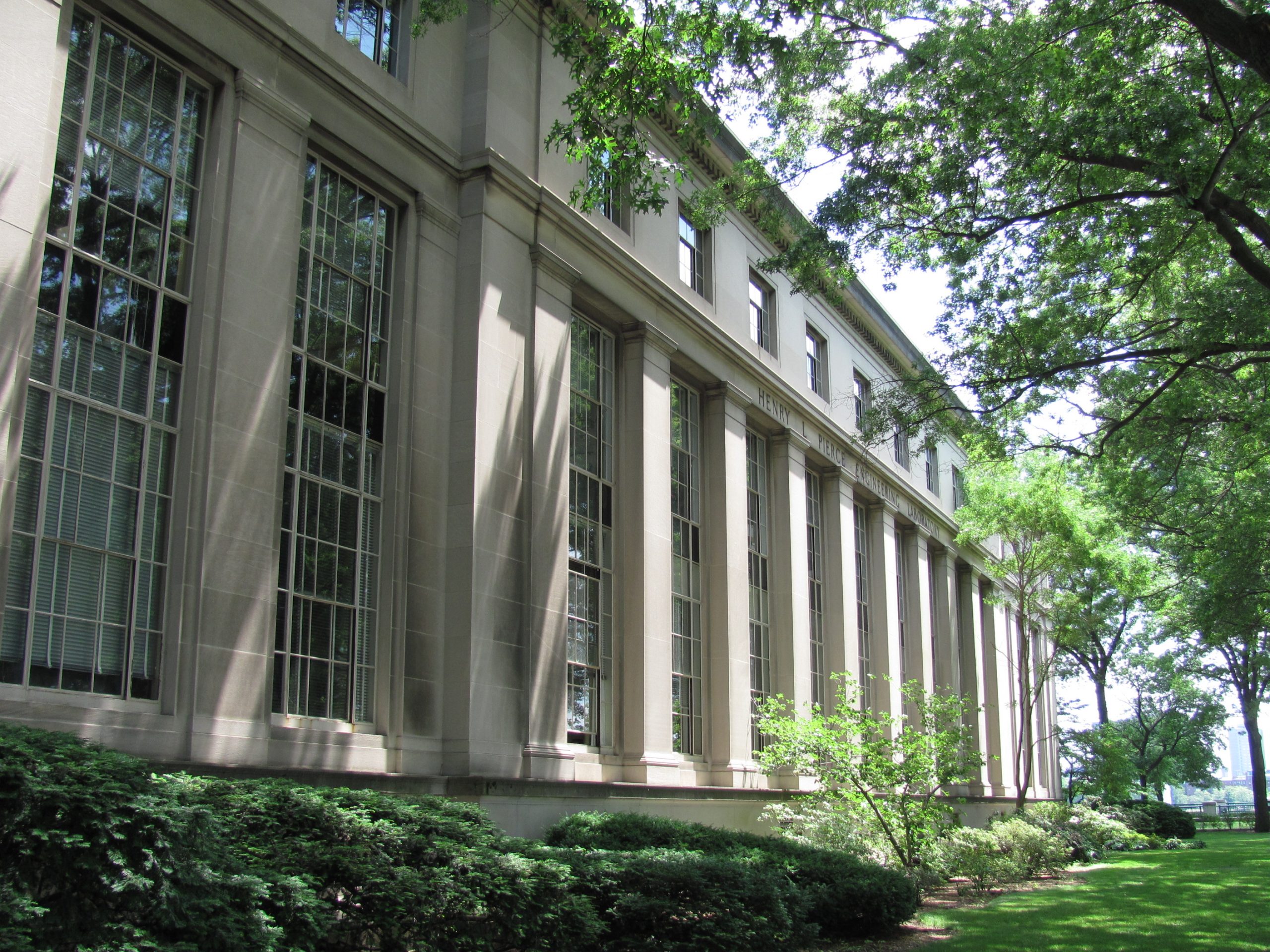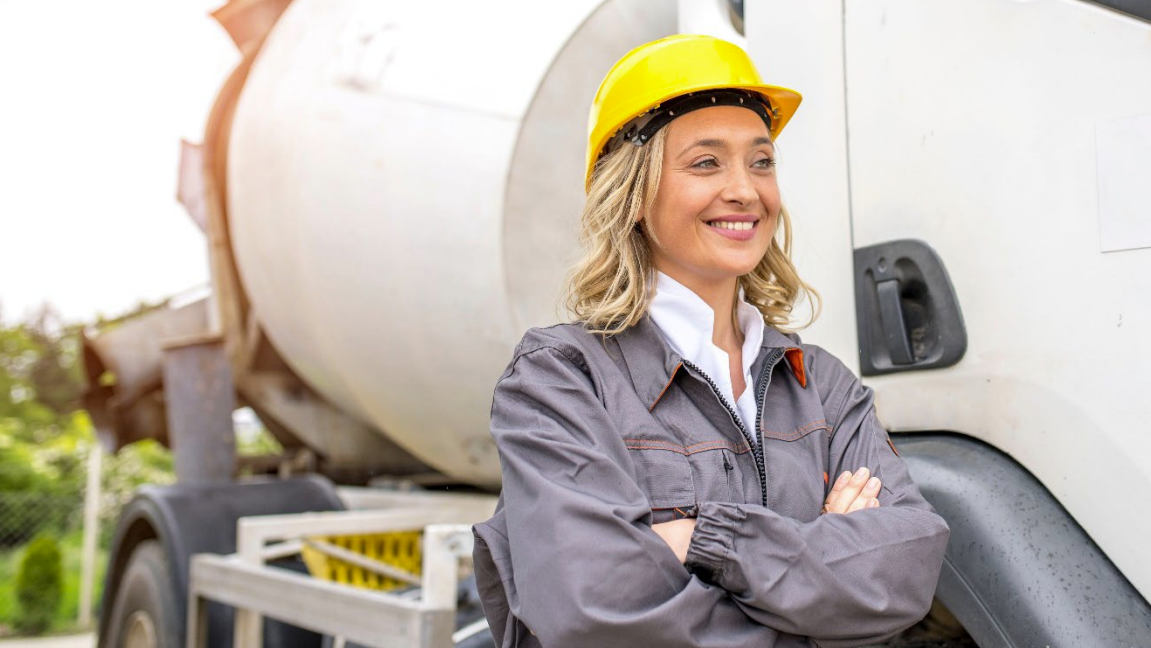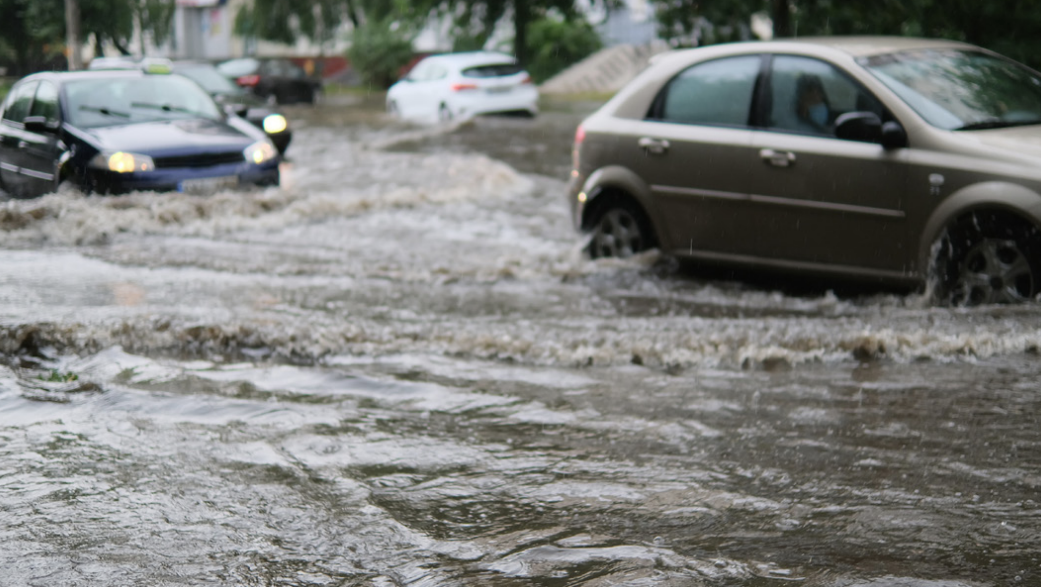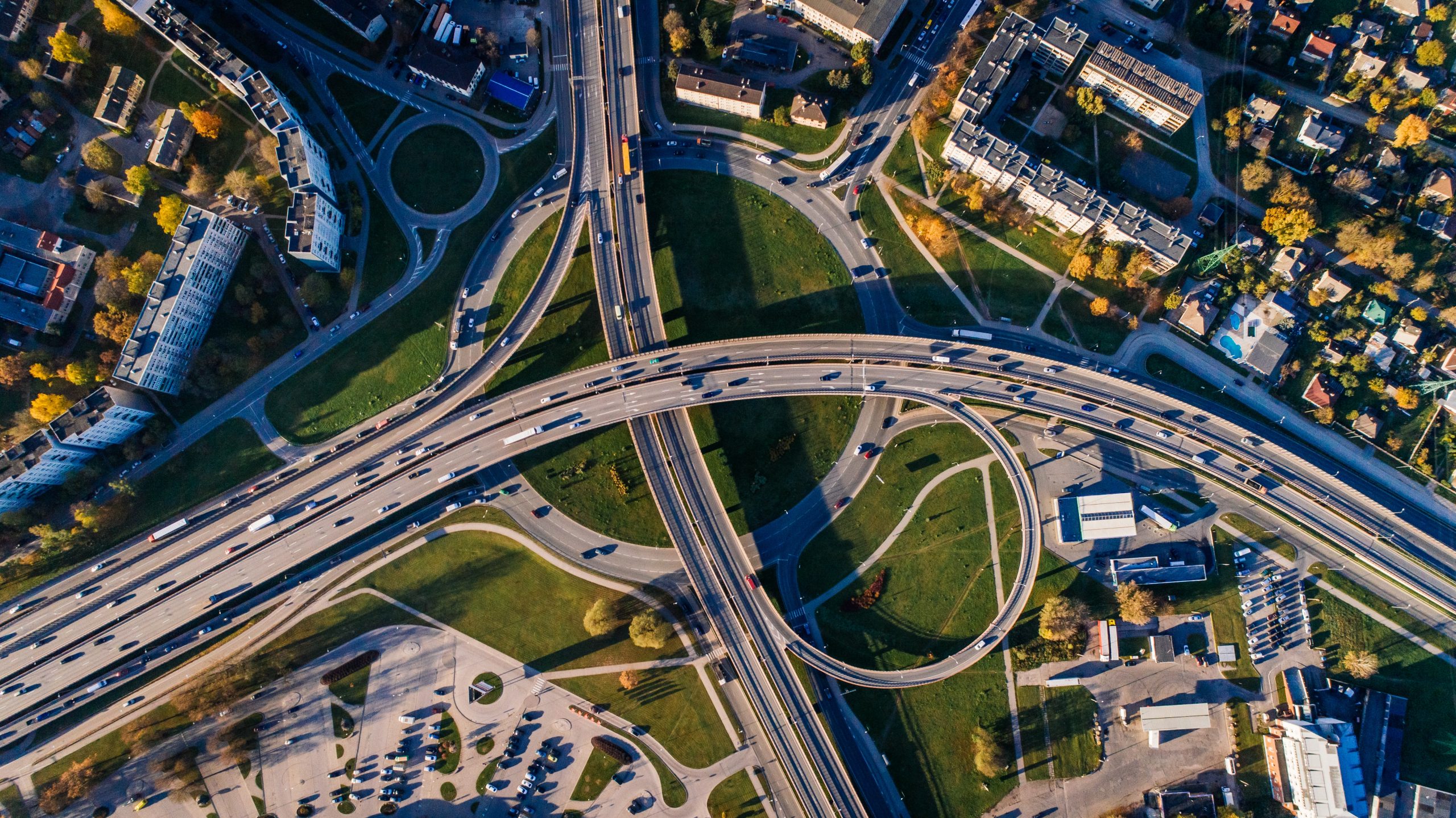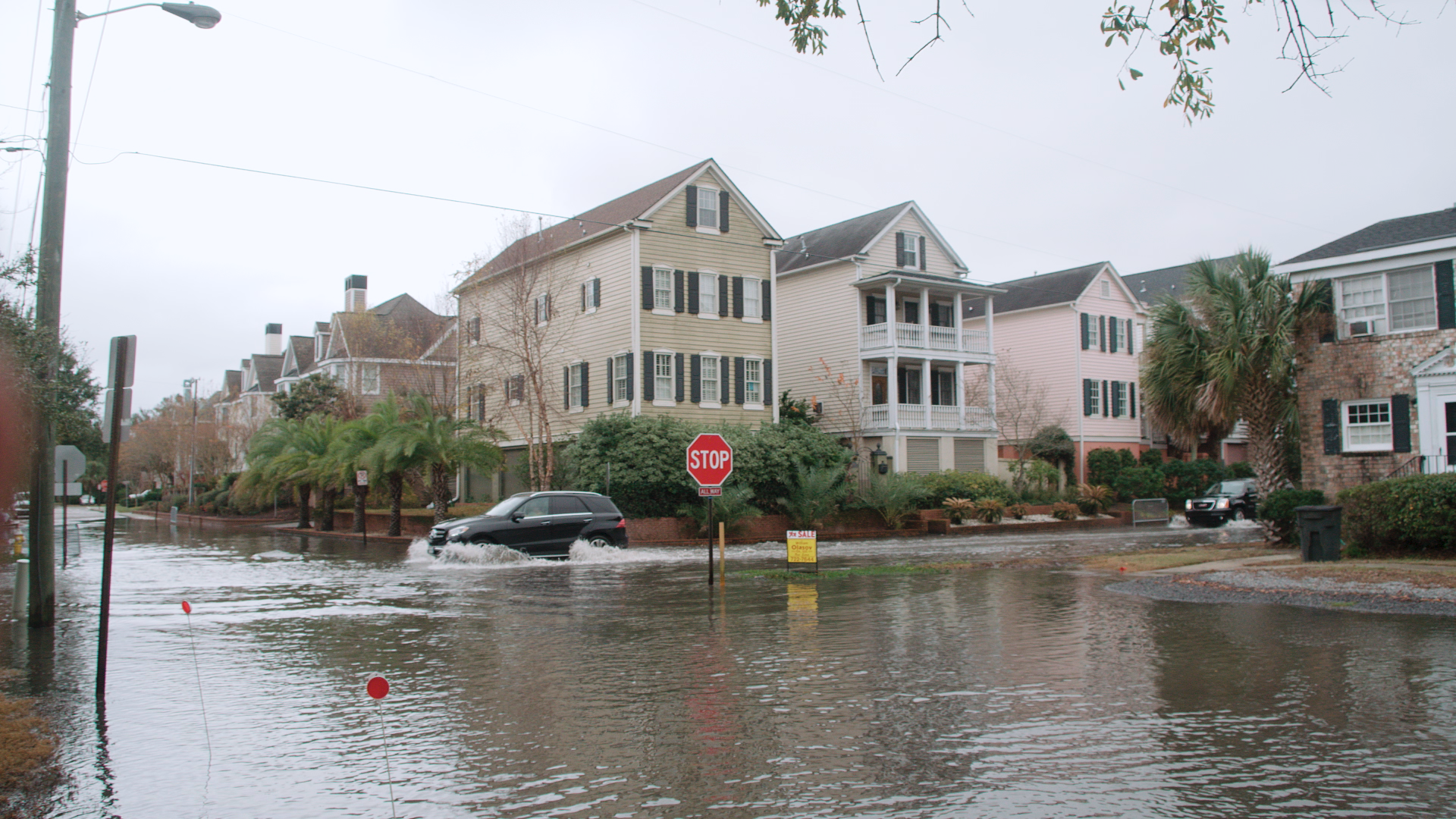The MIT Concrete Sustainability Hub makes key impacts in three areas:
Carbon Neutrality
Carbon neutral concrete is possible. Solutions are available today, and new ones are being developed for the future. One of the major goals of MIT CSHub is to help realize a carbon neutral concrete industry.
Infrastructure
Effective, sustainable infrastructure spending can improve system performance and impact climate change. MIT CSHub investigates how low carbon infrastructure may be built with very finite resources.
Resilience
The risk of hazards like natural disasters and extreme heat is underestimated. Stronger construction to mitigate it is undervalued. MIT CSHub studies how cities can be made more resilient to hazards through investment in stronger, cooler construction.
Our mission:
The MIT Concrete Sustainability Hub (CSHub) is a dedicated interdisciplinary team of researchers from several departments across MIT working on concrete and infrastructure science, engineering, and economics since 2009. The MIT CSHub brings together leaders from academia, industry, and government to develop breakthroughs using a holistic approach that will achieve durable and sustainable homes, buildings, and infrastructure in ever more demanding environments.
Why study concrete sustainability?
More concrete is produced than any other material on Earth. In the foreseeable future, there is no other material that can replace concrete to meet our societies’ needs for housing, shelter, schools, and infrastructure. It is an inexpensive construction material with a relatively small environmental footprint, but its attractive properties have lead to massive use that contributes approximately 5% of global CO2 production.
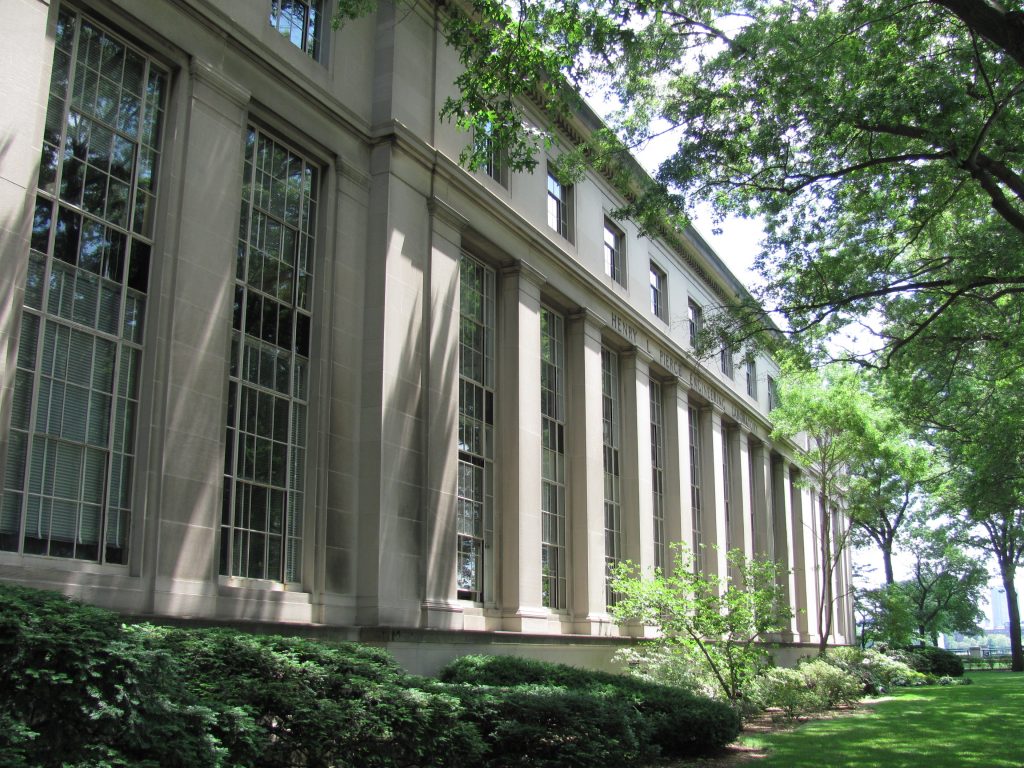
News
-
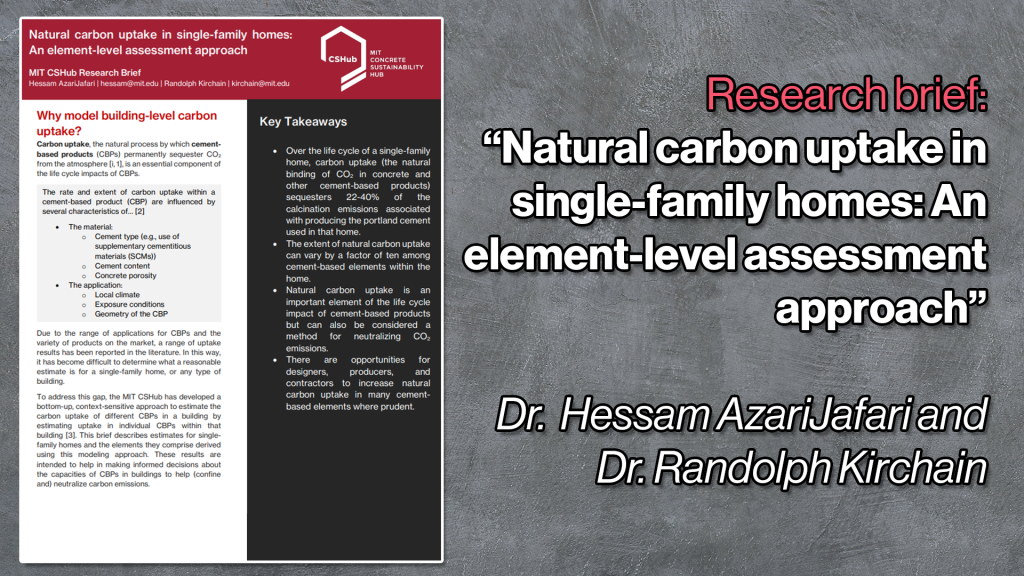
Brief: Natural carbon uptake in single-family homes: An element-level assessment approach
To create a more precise estimate for the carbon uptake of buildings, the MIT CSHub has developed a bottom-up, context-sensitive approach to estimate the uptake …
-
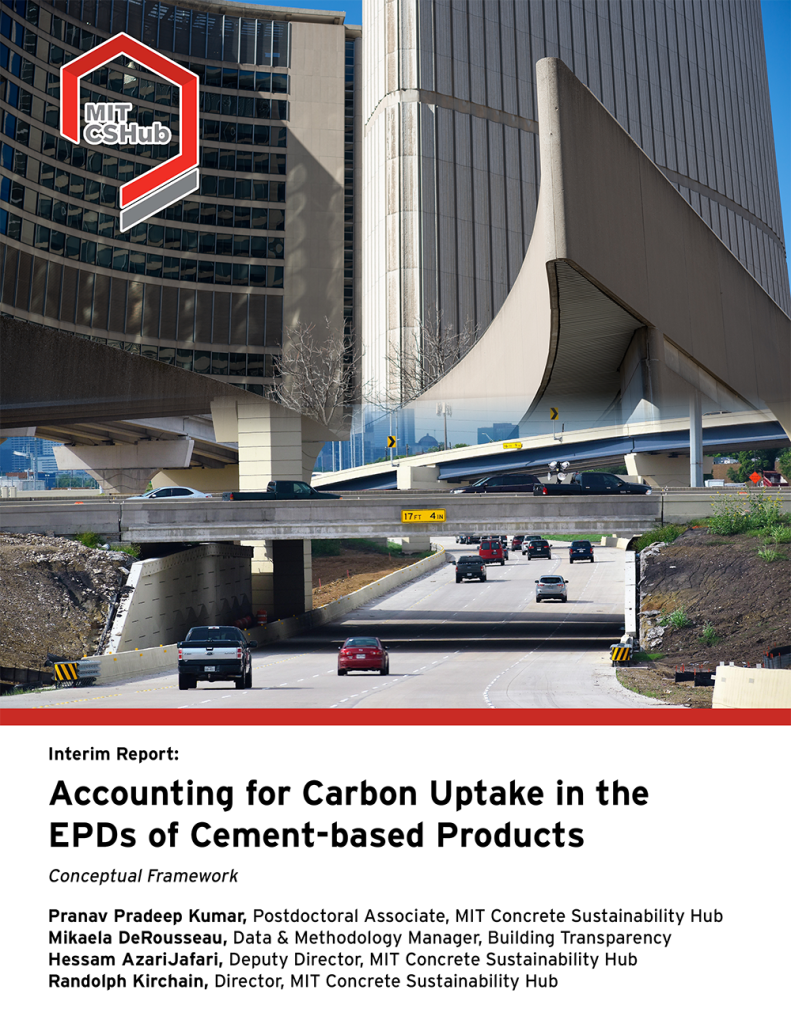
Interim Report: Accounting for Carbon Uptake in the EPDs of Cement-based Products
In this report, a framework is proposed to account for carbon uptake in Product Category Rules (PCRs) for creating EPDs. The proposed method elaborates the …
-
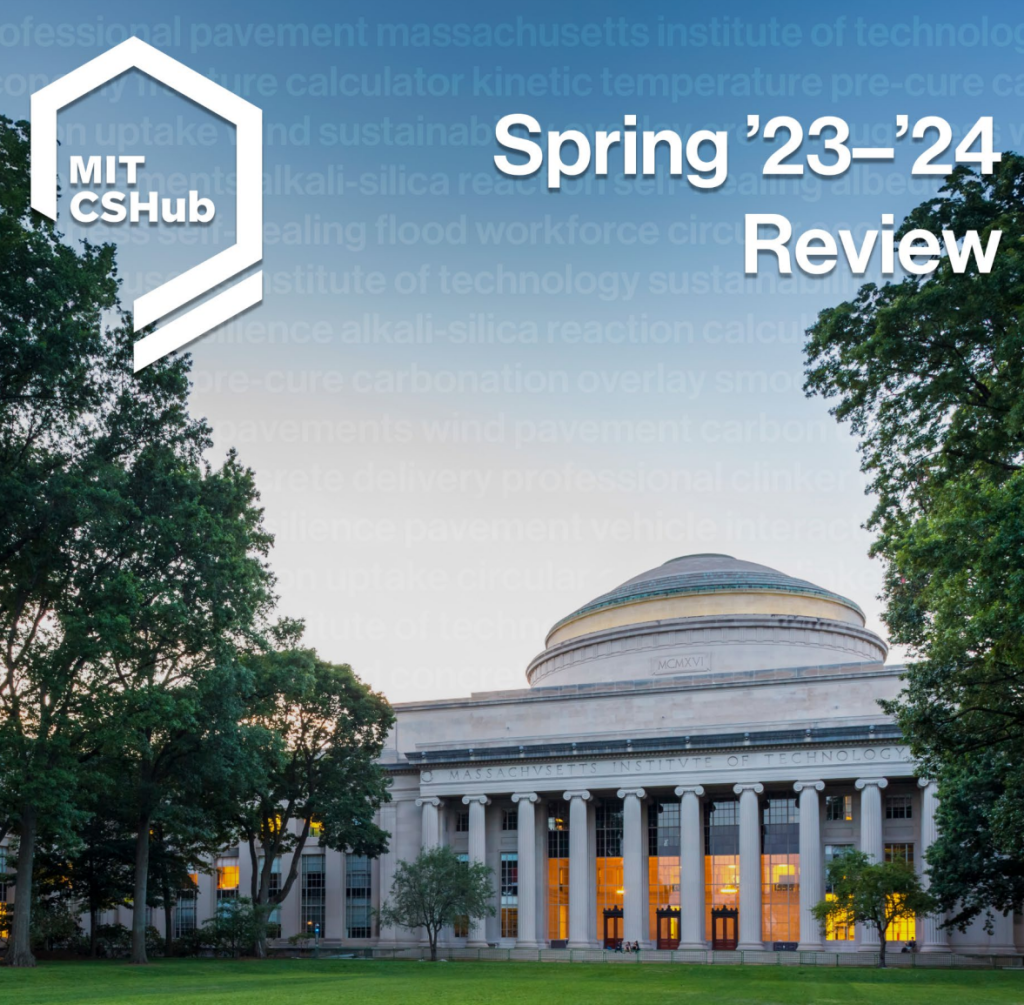
MIT CSHub Spring ’23-’24 Review
Learn about the MIT CSHub’s research, communications, and implementation impacts across sustainability, infrastructure, resilience, and workforce since Spring 2023 in our newly-released Spring Review.
-

Brief: Getting scope 3 right: how building life cycle analysis enables more complete greenhouse gas accounting for materials producers
Learn how building life cycle assessment can inform scope 1-3 accounting for producers in our latest brief authored by Ipek Bensu Manav and team. Read the brief.
-
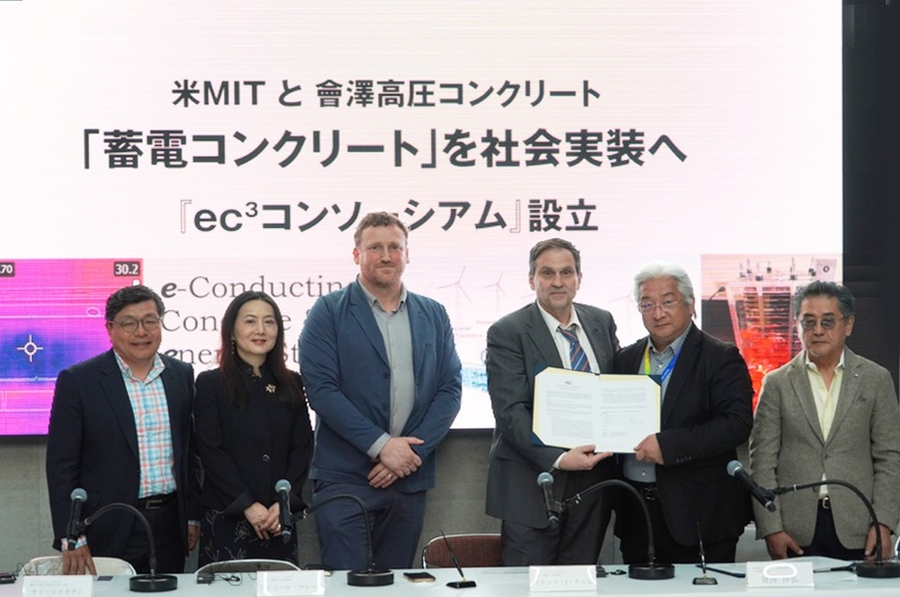
MIT conductive concrete consortium cements five-year research agreement with Japanese industry
The MIT Electron-conductive Cement-based Materials Hub (EC^3 Hub), an outgrowth of the MIT CSHub, was established by a research agreement with Aizawa Concrete of Japan. …
-
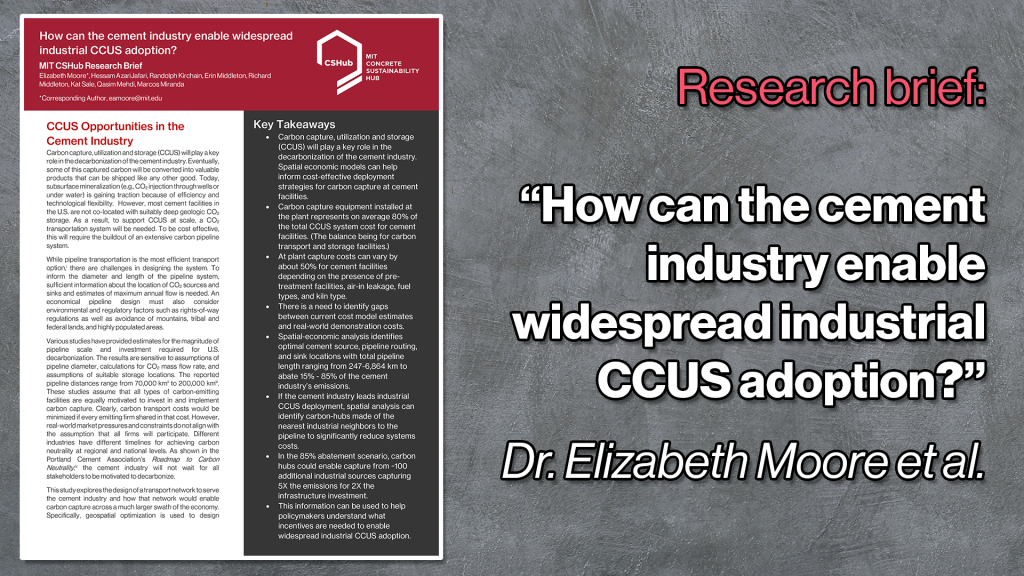
Brief: How can the cement industry enable widespread industrial CCUS adoption?
How can the cement industry enable widespread adoption of carbon capture, utilization, and storage? In this research brief, Elizabeth Moore and team investigate a model …

